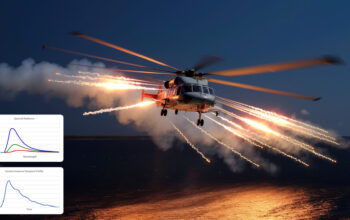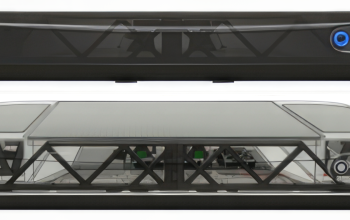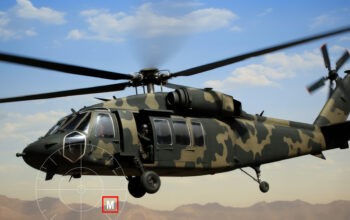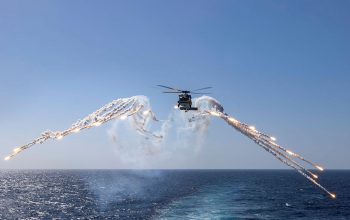Tactics Development Experimentation: AWAKENING
Through the AWAKENING Series of Experiences, Aurizn provided the ADF with insights into improving aircraft capabilities and platform survivability against land-borne ballistic weapons.
Challenge
Named the 'AWAKENING Series of Experiments' our challenge was to develop a problem-solving approach to improve tactical aircraft capabilities and platform survivability against land-borne ballistic weapons for the Australian Defence Force (ADF).
The experiments focused on evaluating the effectiveness of different ballistic weapons and tactical aircraft capabilities, including human-machine interface (HMI), threat warning equipment and Tactics, Techniques and Procedures (TTPs).
The experiments were to provide insights into the key drivers in human cognitive and physical responses to threat warning systems, characterise the performance of trained weapon operators and to identify the attributes of the operational flight profiles that would affect the platform's vulnerability to effective weapon fire.
This would provide the ADF with insights and advice on the performance of existing and developmental TTPs that could improve platform survivability.
Approach
The experiments were conducted using trained pilots and weapon operators in an immersive virtual environment comprising realistic weapon apparatus and flight simulators. These were used to determine the vulnerability of different operational flight profiles given specific weapon engagement scenarios, which included additional analyses of human machine interfaces, human performance and TTPs.
Platform and weapon operators were consulted to ensure operationally relevant attributes were included into the Design of Experiments (DOE) framework which provided a robust approach to test optimisation and the mitigation of biases and confounding errors which are prevalent in human based studies.
Military Subject Matter Experts (SMEs) were consulted to support the validation of visual scenes, engagement profiles and immersive qualities to ensure the sense of realism was appropriate for the studies across both the weapon and flight simulator apparatus.
Quantitative and qualitative data analysis was used to evaluate the results of the experiments and the Modified Cooper Harper Scale was used to collect subjective participant feedback.
The experimentation reports including observations were disseminated to SMEs and stakeholders to identify the key strengths and weaknesses of the evaluated capabilities and assist in the delivery of insights and recommendations to the ADF.
Outcome
The were three key outcomes:
- Improved understanding of human-machine interaction and the effectiveness of different Human Machine Interface (HMI) configurations such as visual, aural and tactile technologies
- Identification of the key strengths and weaknesses of each of the candidate flight profiles, which could assist ADF to adapts the manoeuvre design, leading to the development of safer and more effective combat manoeuvres
- Collecting data that supports the characterisation of the weapon operator performance, which enables the development of more effective TTPs to improve platform survivability.
Case Studies
We have a strong reputation for taking on complex challenges. Find out more about the ground breaking work and projects we’ve undertaken.
- All
- Defence
- General
- News
- Press Releases
- Enterprise











